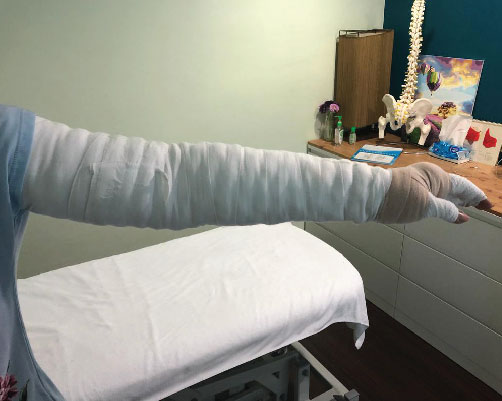
Exercise accelerates the flow of lymph, especially when it is combined with bandaging.
The Dr. Vodder Method of Manual Lymph Drainage results in a marked reduction of edema. To maintain this result or improve it further, the therapist bandages the affected limb(s). Any movement with the bandaged limb will reduce edema volume for the following reasons:
The higher pulsation of the arteries has, the more stimulating effect on the lymphatic system. That's why we have a better drainage of the deep lymph vessel system.
The optimum decongestive exercise for the lower extremities is climbing stairs. We also recommend activities such as cycling, hiking and walking.
Activities such as cleaning, cooking and washing will involve considerable use of the arm muscles. If your daily routine involves engaging in these activities, it is important to know that straining or overusing muscles may lead to inflammation and/or worsening of your edema.
In most cases, if you begin slowly and gradually, while monitoring the level of edema in your limb, you may be able to resume the activities you enjoyed before like bicycling, swimming, hiking, bowling, golfing skiing and more.